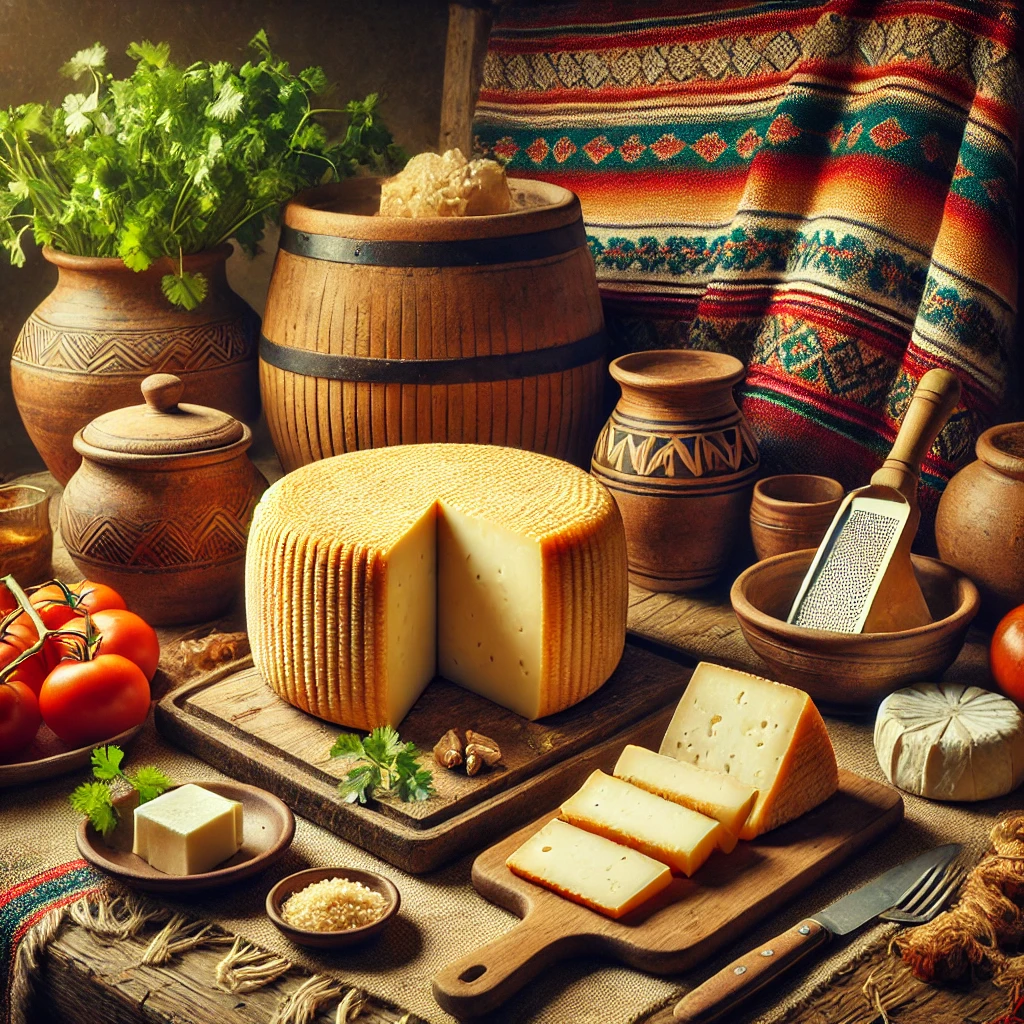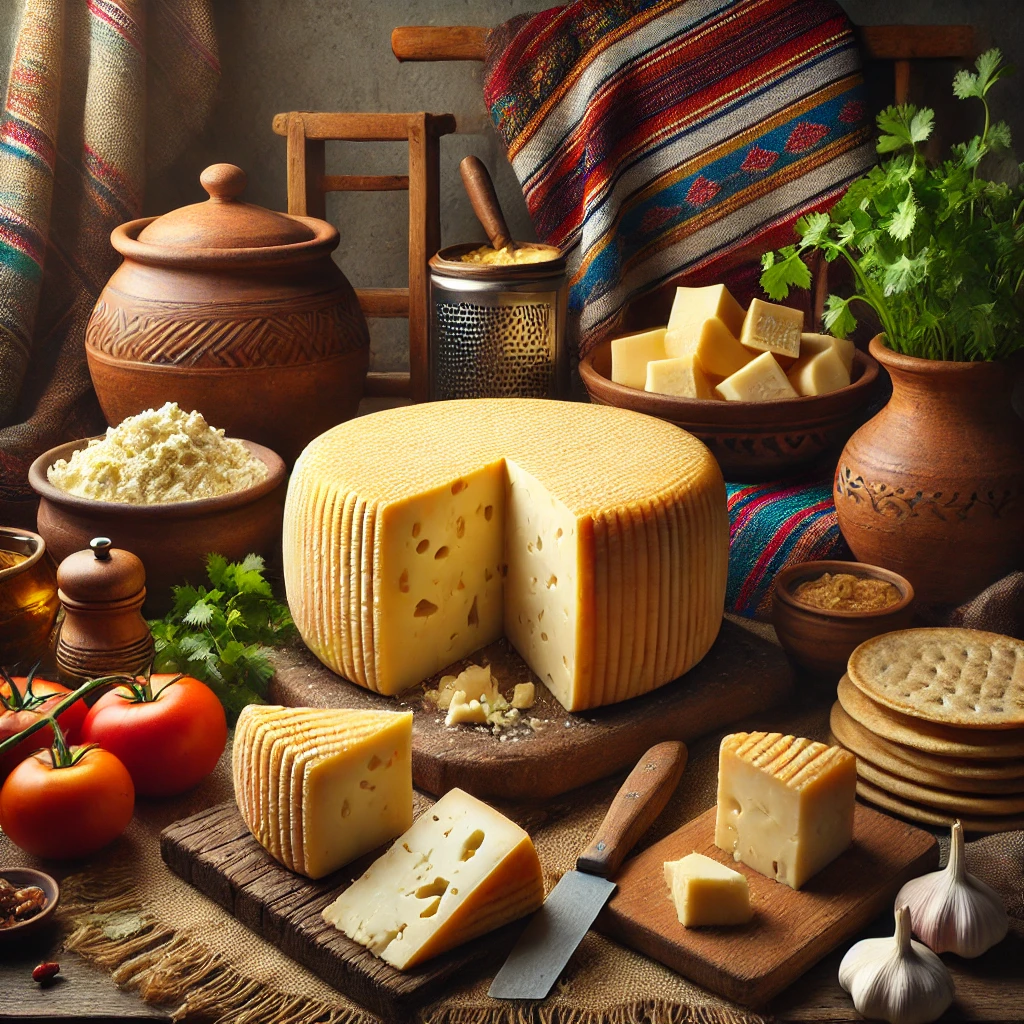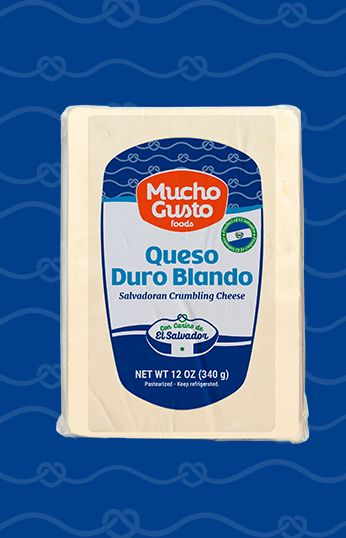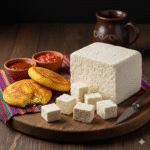For anyone exploring the world of Salvadoran cuisine, queso duro is a name that appears over and over again. This salty, firm, unforgettable cheese sits at the heart of traditional foods—from pupusas cheese fillings to toppings for yuca, beans, soups, and snacks. But beyond its flavor, salvadoran queso duro carries history, heritage, and a sense of home for millions of Salvadorans living both inside and far beyond El Salvador.
In this guide, we go deep into what is queso duro, how it’s made, what cheese is in pupusas, how it compares to cheeses like haloumi, and why this iconic dairy product remains one of the most important elements of Salvadoran cheese culture.
What Is Queso Duro? (Queso Duro in English)

Let’s start with the basics:
Queso duro in English means “hard cheese.”
It’s a firm, salty, deeply flavorful Salvadoran cheese, sometimes referred to as:
-
salvadoran hard cheese
-
salvadoran white cheese
-
queso duro salvadoreño
-
salvadoran cheese
-
salvadorian cheese (common spelling variation)
-
quesos duro, queso mor, queso diro, or queso duri (misspellings people still search online)
Its texture is similar to dried Parmesan or aged cotija, but the flavor profile is uniquely Salvadoran—strong, bold, salty, and rustic.
If you’ve ever wondered que es queso duro, the simplest explanation is that it’s a hard, dry-aged cheese that can be grated, sliced, or crumbled, and is used in dozens of Salvadoran dishes.
How Do They Make It? (Traditional Method Explained)
Many people search: how do they make it?
The process is beautifully traditional and mostly unchanged for generations.
Step-by-step method:
-
Fresh cow’s milk is heated.
-
Rennet is added to help the milk form curds.
-
The curds are cut, drained, and pressed.
-
Coarse salt is added generously—this is key to preservation.
-
The cheese is shaped into blocks and pressed firmly.
-
It sits in a breezy, dry space to air-dry for several days or weeks.
The result is salvadoran hard cheese that is shelf-stable, long-lasting, and incredibly flavorful.
Some rural families even age their cheese until it becomes duro viejo cheese—a sharper and more intense variation.
Types of Salvadoran Hard Cheeses
El Salvador has several varieties of traditional cheeses, and each one plays a special role in cooking.
1. Queso Duro (Hard Cheese)
The firm, salty star of this entire guide.
2. Duro Blando Cheese
Softer than queso duro, saltier than fresh cheese—perfect for blending into pupusas.
3. Semiduro Cheese
Medium firmness, often used for slicing or table cheese.
4. Quesillo Salvadoreño
Stretchy, oozy, and melty—used often with queso duro in pupusas.
5. Duro Viejo Cheese
Aged longer, stronger aroma, more crumbly and sharper.
Together, they form the backbone of El Salvador cheese culture.
What Cheese Is in Pupusas? (The Most Asked Question)
People ask this daily:
-
What cheese is used for pupusas?
-
What cheese goes in pupusas?
-
What cheese is in pupusas?
-
What cheese for pupusas?
The answer:
👉 A blend of queso duro + quesillo + sometimes duro blando cheese.
This mixture creates the iconic stretch, saltiness, and creamy melt that defines a real pupusas cheese filling.
If you want to make an authentic cheese pupusa recipe, this blend is the secret.
Queso Duro vs Haloumi – Are They Similar?
A surprising number of people compare queso duro with haloumi, and they do share traits:
| Feature | Queso Duro | Haloumi |
|---|---|---|
| Saltiness | High | Medium |
| Texture | Firm, crumbly | Firm, rubbery |
| Melting | Doesn’t melt | Doesn’t melt |
| Flavor | Strong, sharp | Mild, milky |



